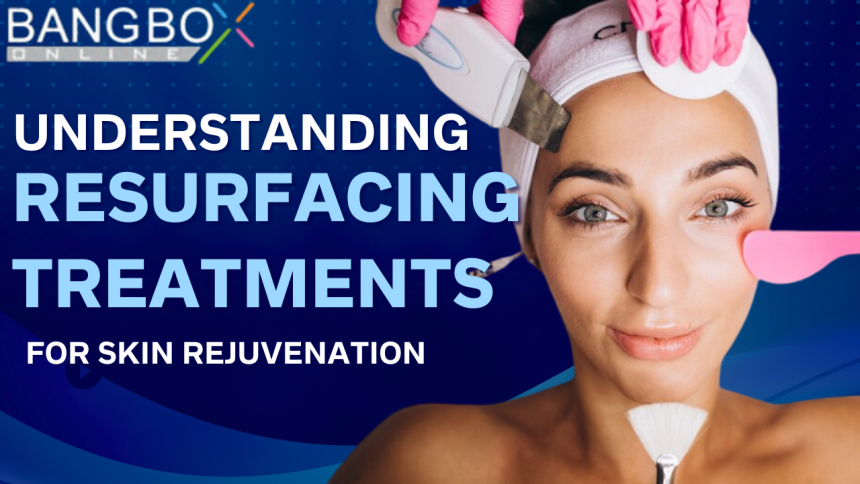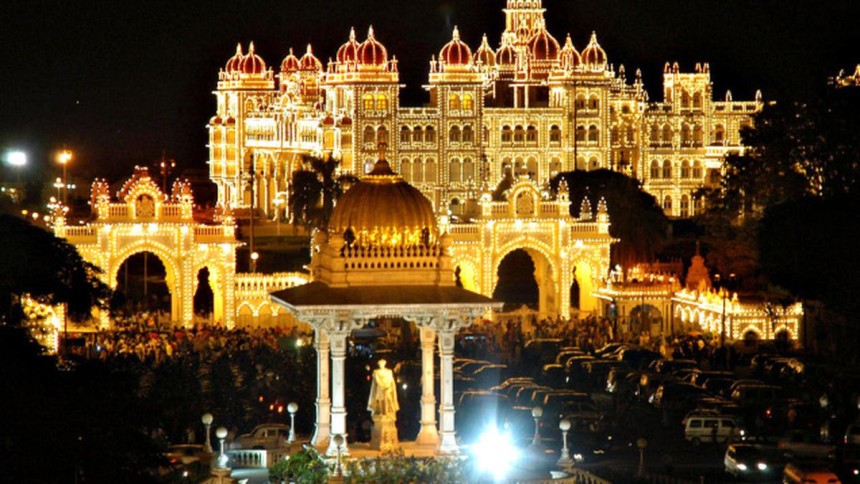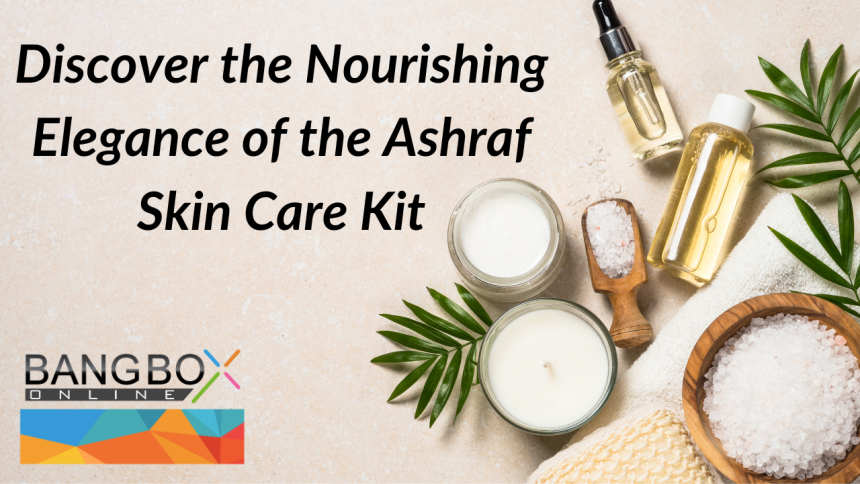
Understanding Resurfacing Treatments for Skin Rejuvenation
Your skin is a reflection of your inner energy. Your signs of tiredness are clearly visible on your skin and this might be more tiring. Right? Worry not! Its time for a glow-up! Let's talk about resurfacing treatments and how they can kick dullness to the curb. Get ready for a skin transformation that's going to have you feeling fabulous.
What Are Resurfacing Treatments?
We're diving into the world of resurfacing treatments – these cosmetic magic tricks aimed at giving your skin a serious makeover. Picture it as a one-stop-shop for tackling texture, tone, and the whole shebang of your skin's appearance.
So, here's the scoop on how these treatments work their mojo – they're like the skin's equivalent of hitting refresh. They peel away the outer layers, kickstart the collagen party, and coax those fresh, healthy skin cells into the spotlight. It's a bit like a backstage crew working tirelessly to bring the star – your skin – to its A-game.
Now, let's take a gander at the VIP list of common resurfacing treatments and how they play a role in the grand symphony of skin rejuvenation:
· Chemical Peels:
Chemical peels involve the application of a chemical solution to the skin, which exfoliates the outer layer. The depth of the peel can vary, ranging from superficial to deep. Chemical peels can address issues such as fine lines, uneven pigmentation, and certain types of acne scars.
· Microdermabrasion:
Microdermabrasion is a non-invasive procedure that uses a machine to gently exfoliate the outer layer of the skin. It helps improve skin texture, reduce fine lines, and enhance the effectiveness of skincare products.
· Laser Resurfacing:
Laser resurfacing uses focused laser beams to remove damaged skin layers and stimulate collagen production. This treatment is effective for reducing wrinkles, scars, and pigmentation irregularities. Fractional laser treatments target only a fraction of the skin, leaving surrounding tissue intact for faster healing.
· Fractional Radiofrequency (RF) Treatments:
Fractional RF treatments use radiofrequency energy to heat the skin and stimulate collagen production. This helps improve skin laxity, reduce wrinkles, and enhance overall skin texture. The fractional approach leaves areas of the skin untouched for quicker recovery.
· Microneedling:
Microneedling involves the use of tiny needles to create micro-injuries in the skin. This process triggers the body's natural healing response, stimulating collagen and elastin production. Microneedling is effective for improving fine lines, acne scars, and overall skin texture.
· Dermabrasion:
Dermabrasion is a surgical procedure that involves the removal of the outer layers of the skin using a high-speed rotary instrument. It is commonly used to address deep scars, sun damage, and certain precancerous growths.
· CO2 Laser Resurfacing:
CO2 laser resurfacing is a more aggressive laser treatment that vaporizes the outer layers of the skin. It is effective for treating deep wrinkles, scars, and pigmentation issues. The recovery time is longer compared to other resurfacing methods.
· Chemical Resurfacing Agents:
Certain topical agents, such as alpha hydroxy acids (AHAs) and beta hydroxy acids (BHAs), act as chemical exfoliants. Regular use of these agents in skincare routines can contribute to smoother, more radiant skin by promoting cell turnover.
· Non-Ablative Laser Treatments:
Non-ablative lasers, such as Nd:YAG or diode lasers, work by penetrating the skin without removing the outer layers. These lasers stimulate collagen production and are effective for improving skin tone and texture with minimal downtime.
· Combination Therapies:
Some resurfacing treatments may be combined for enhanced results. For example, combining microneedling with radiofrequency or incorporating multiple sessions of different treatments may address various skin concerns more comprehensively.
Considerations:
· The choice of resurfacing treatment depends on individual skin concerns, skin type, and the desired outcomes.
· Post-treatment care, including sun protection and skincare, is essential for optimal results and to minimize potential side effects.
· Consultation with a qualified dermatologist or skincare professional is crucial to determine the most suitable resurfacing treatment based on individual needs and medical history.
Final Words
Here's the lowdown – resurfacing treatments can work wonders, giving your skin a serious glow-up and a fresh lease on life. It's like hitting the reset button for a more youthful and vibrant vibe.
Now, before you dive headfirst into the resurfacing realm, it's smart to have a powwow with a seasoned skincare pro like Prof Dr Ikram Ullah Khan. They'll be your guiding star, helping you map out your skin goals and figuring out the nitty-gritty of what suits your skin groove best. It's like having a skincare sherpa to lead you to that radiant summit. So, don't be shy – chat it up with the skincare guru and get ready for your skin's time to shine!




